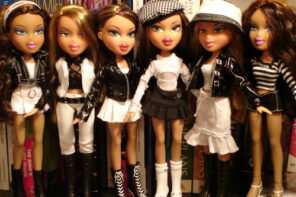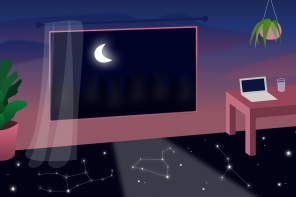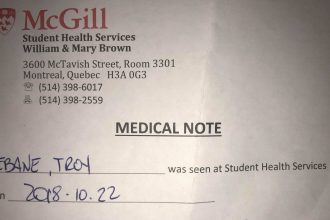A prank is defined as a “trick that is intended to be funny but not to cause harm or damage,” or alternatively, “a trick that is intended to be amusing and often to make someone look foolish.” Think Ashton Kutcher’s Punk’d circa 2003: innocent jokes played on celebrity guests that both parties could laugh about after. What it’s not defined as is an emotionally manipulative scenario that preys on people’s insecurities and perpetrates harmful relationship standards—which is what a certain subsection of YouTube would have you believe. ‘Couple channels’ (in which a couple documents their everyday life) often get a lot of views on their prank videos, which are usually anything but the harmless jokes they pretend to be.
A quick search on YouTube for ‘couple pranks’ will tell you everything you need to know. The top results are for videos that involve either fake cheating plots, ones in which someone ignores their partner for an extended amount of time, and some even go so far as non-consensual drugging or feigning bodily harm. The thumbnails are flashy, with big fonts and emojis, presumably to attract a younger audience. The problem with this is that if the creators don’t see anything wrong with their content, their young, impressionable audience won’t either. In one video by YouTuber Sebastian Bails (it has since been deleted, but Kurtis Conner provides commentary on it), he and his girlfriend act out an abusive situation in an attempted “prank” on their friends. Making a mockery of serious issues like emotional manipulation and physical abuse is a prime example of exploitation for views by taking advantage of your audience’s naivety.
What it’s not defined as is an emotionally manipulative scenario that preys on people’s insecurities and perpetrates harmful relationship standards.
There’s no use in pretending that the media we consume doesn’t leave an impression on us, especially when we’re young. These prank videos are concerning because they effectively promote a warped view of what a healthy relationship looks like. Instinctively, we might want to brush off young peoples’ exposure to these videos as an unfortunate, yet unavoidable side effect of being on the internet from a young age. It almost seems like a rite of passage at this point — seeing way too many things that you definitely shouldn’t have, and at too young an age — but why is it so normalized? Why have we accepted the lack of content filtration on huge platforms like YouTube? They’re evidently monitoring content, seeing as they have no issue de-monetizing videos in a heartbeat or promoting the same videos on everyone’s home pages, but they don’t seem to scrutinize the content that really needs it.
YouTube can feign ignorance, but the fact of the matter is that over-saturating and putting emojis on a thumbnail doesn’t make the content behind it acceptable. This applies to other forms of media as well: many films and TV shows have demonstrated that the normalization of toxic relationships isn’t just confined to YouTube. These harmful messages can infiltrate any form of content geared towards young audiences. The Kissing Booth and After series are prime examples, wherein red flag behaviour such as manipulation, excessive jealousy, and deceit are painted in either a romantic or humorous light, and the characters are never made to atone for their actions. It is true that both of these franchises are based on books originally published on Wattpad, meaning that they were written by young people and for young people—namely 12 to 15-year-olds. But once this type of content is adapted and picked up by studios, it allows them to reach a wider audience of pre-teens and simultaneously sends the message that the content depicted is both acceptable and/or desirable, similarly to the lack of censorship on the prank videos being uploaded to YouTube.
YouTube can feign ignorance, but the fact of the matter is that over-saturating and putting emojis on a thumbnail doesn’t make the content behind it acceptable.
The prank videos may not matter to most people, but what should matter to everyone is how they contribute to making light of and desensitizing people to markers of toxic relationships. There’s not much that we can do to directly stop such content creators from continuing to produce detrimental media, but we can engage in meaningful conversations in our daily lives that counteract the messages being put out there. It starts with small actions such as calling out ‘jokes’ that go too far and not allowing toxic behaviour to become the norm when it comes to relationship standards. Most of all, we need to be willing to critique the media that perpetuates these harmful notions in the first place, because the messages that lie within them will only ever be as influential and impactful as the audience allows them to be.








